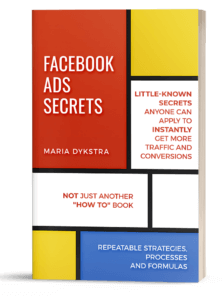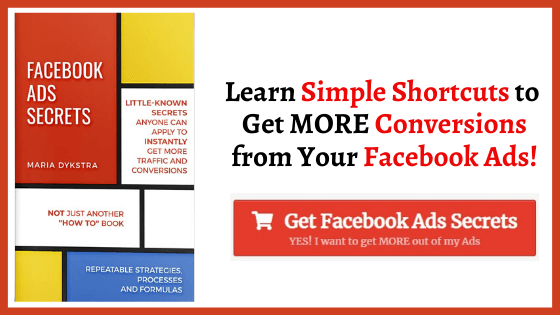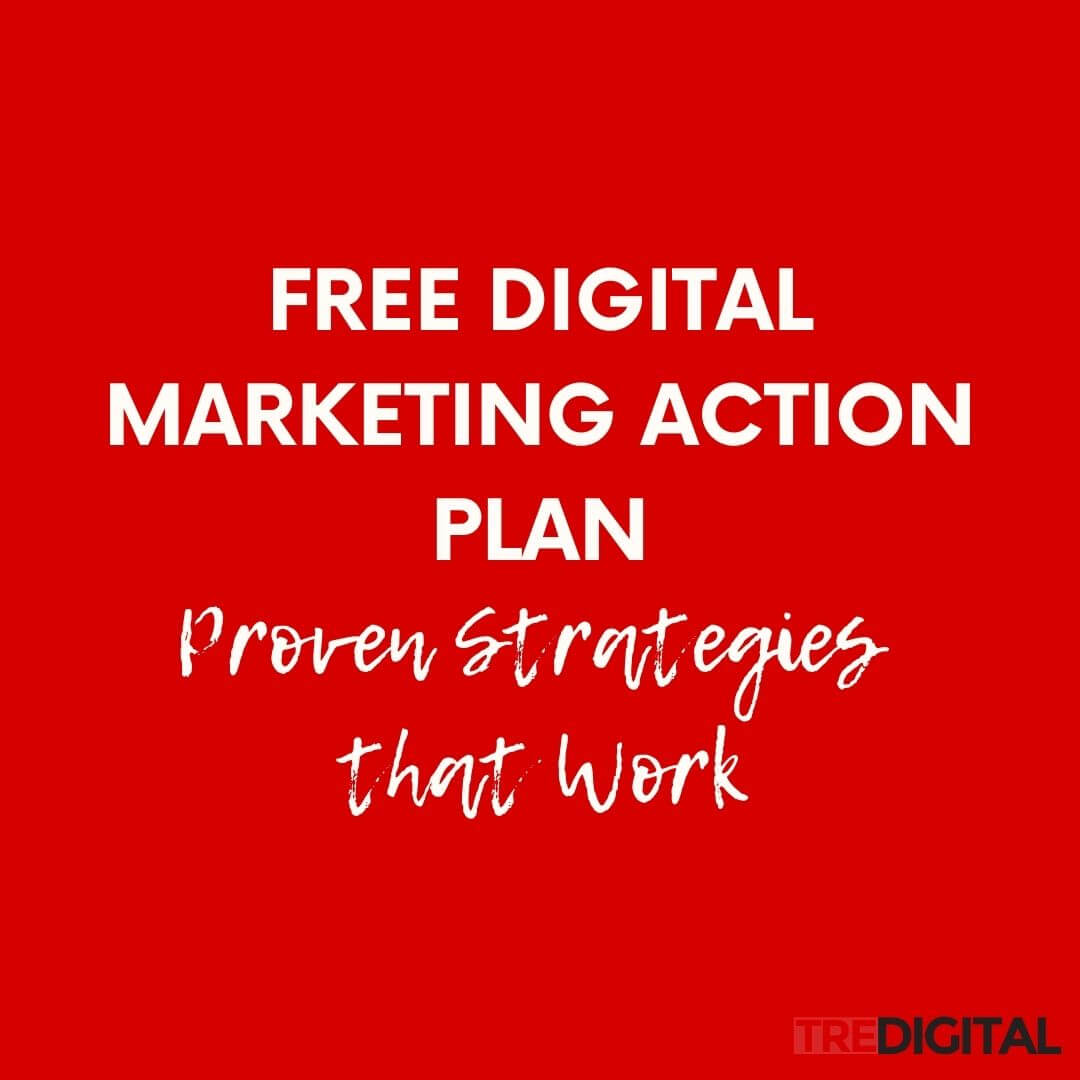It is hardly news for anyone that video plays a huge part in your marketing efforts.
In fact, according to Cisco, video accounts for over 80% of all internet traffic.
In addition to this explosive growth, video has also become a great way to earn money for video creators.
Table of Contents
ToggleUnderstanding Video Monetization Options
There are several established and a couple of new programs for video creators to earn revenue. Some of these are easier to achieve than others.
Conceptionally, all of the monetization is centered on three core Video on Demand Models. Video on Demand is different from traditional TV-like content as it provides viewers with the flexibility to view any video at any time.
Video on Demand has 3 different flavors.
1 – Advertising Video on Demand.
In this model, advertisers pay for access to your audience and insert their messages at the times predefined by the main publisher.
These ads are presented at different times during the video and can be either video ads or overlay text ads.
The YouTube Ads program and Facebook Ad Breaks are the most popular versions of the Advertising Video On Demand model.
2 – Subscription Video on Demand.
Users pay a monthly recurring subscription fee for access to premium content. Some of the top examples include the Netflix-like model as well as the Premium Content Model and the newly introduced Facebook Subscription Model.
Many training, coaching, and consulting sites have their proprietary membership options. Users get access to unlimited content that is frequently updated for the paying members.
3 – Transactional Video on Demand.
Transactional Video on Demand model charges users a one-time fee for specific pieces of downloadable content. The fees can range from very low offers, as low as $0.99 to high-end offers. For example, a training course can cost as much as $2,999.
Teachable is one of the platforms that helps video creators monetize their content.
Most Popular Video Monetization Programs
Each of the popular monetization programs has one or the other flavor of Video on Demand.
1 – YouTube Partner Monetization Program
When you think about YouTube monetization, you are likely thinking about ads running on your Channel.
YouTube offers quite a few additional opportunities for prolific video creators to earn revenue for their content.
These opportunities include:
- Ads that you can turn on via Studio YouTube beta
- Channel Memberships available via Membership option
- Merchandise Shelf that allows you to showcase your branded merchandise
- Super Chat for interacting with your fans
- Premium Content that automatically plays your eligible videos if your videos are turned on.
Each of these options has its eligibility requirements. In general, your channel should have at least 1000 subscribers
2 – Facebook Monetization Program
A little over a year ago they introduced new Monetization options via Ad Breaks.
Ad Breaks are short ads inserted into your video content at the natural breaks and cliffhangers.
To qualify for the program, your page must have at least 10,000 fans and 30,000 1-minute video views within the last 60 days.

3 – Roku Streaming for TV Program
Roku is quickly establishing itself as an accessible player in the video monetization game.
Practically anyone can launch and promote her own branded (OTT) app on Roku. It will then be available to all of the subscribers of the streaming services.
OTT or Over the Top is the way to deliver streaming Video on Demand to your television set over the internet. In other words, it is the future of TV.
With its latest acquisition of the Boston-based video advertising platform, Roku just strengthened its claim to become the top video monetization player.
4 – Vimeo Video Monetization Options
Vimeo introduced a common “Donation” video on demand monetization method. Rather than placing ads in videos, Vimeo Pro creators can enable a Tip Jar.
You can create a Paywall for your videos requiring viewers to pay for access to your content. Vimeo offers a generous payout and you can charge between $0.99 to $500 for your videos.
Another way to earn via Vimeo is to become an Affiliate and receive affiliate commission for every Pro Member that you bring to Vimeo.
What Type of Video Monetization Program Should YOU Choose
Your first step is to decide what type of Video on Demand Program is right for you.
If you are skilled at creating relatively short, educational, inspirational, or entertaining videos, then the Ad program is likely the right choice for you. The benefit of this approach is the ease of implementation.
Your job is to focus on producing great viral content, while the Ad Platform finds the advertisers.
The challenge is that you are at the mercy of meeting the eligibility requirements and the platform driving traffic to your videos.
If you would like to be more in control of driving traffic to your videos then the Subscription model or a Transactional model may work. These programs may work if you are skilled at marketing your content.
A subscription model has the benefit of recurring monthly revenue. But it requires an ongoing effort to produce and update new content.
While a Transactional model can generate higher payouts, driving qualified traffic to your training programs may be a challenge.
No matter what model you choose, you will need an audience growth and engagement strategy.
What Makes a Great Video
You do not need an expensive camera or advanced video editing skills to create a successful video strategy.
You can shoot and edit all of your videos on your smartphone.
But you do need to invest time into creating a strong video strategy.
That includes understanding how your viewers think and consume content, how the video hosting platform ranks your videos, and learning how to do research.
The success of your monetization strategy depends on your ability to 2 factors:
A) Your ability to attract viewers and keep their attention beyond the first 3-5 seconds of your video.
and
B) Your ability to rank high among the videos on the platform of your choice (which is directly linked to A).
For this post, we’ll focus on Facebook and YouTube, but similar principles apply to other platforms as well.
Before you even get viewers to the video, you must “hook” them with an attention-grabbing “thumbnail” and title.
Avoid “click-baits” and “engagement-baits”. In addition to ruining your credibility with the viewers, you are also risking Facebook downgrading your content.
Re-enforce the big bold promise you made in your headline within the first 5-15 seconds and tell your viewers why they should continue watching your video.
Keep the content part of your videos to 3-7 minutes but pack it with value and visual effects that complement the message.
Make sure there is a strong Call To Action. Think beyond inviting people to click and also invite people to subscribe, share and comment.
Now over to you – Share your successes and challenges with monetizing your videos.
Some of the links above are affiliate links, which means that if you choose to make a purchase, we will earn a commission. This commission comes at no additional cost to you. Please understand that we have experience with all of these companies, and we recommend them because they are helpful and useful, not because of the small commissions we make if you decide to buy something. Please do not spend any money on these products unless you feel you need them or that they will help you achieve your goals.










